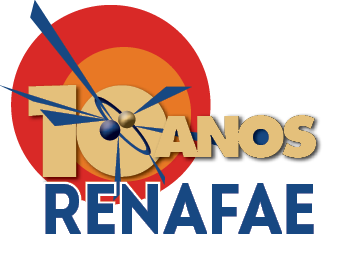Speaker
Description
One of the most important approaches to the possibility of new physics Beyond the Standard Model is the use of Effective Field Theory (EFT) to describe higher energy theoretical models at lower energies, like that of the LHC. In this type of scenario, it is possible to have additional couplings to describe gauge bosons self-interactions, such as anomalous Triple (aTGC) and Quartic Gauge Couplings (aQGC). These anomalous gauge couplings can appear, for example, as an excess in the $\gamma\gamma\rightarrow WW$ process.
The CMS subdetector PPS (Precision Proton Spectrometer) consists of detector stations at ~200m on both sides of the interaction point, allowing to detect protons that remained intact after losing a fraction of their energy in the interaction, that measure the proton's position and the time-of-flight. PPS is an extremely important tool to investigate Central Exclusive Production (CEP) with high levels of pileup collisions. In CEP processes, we have $ p + p \rightarrow p \oplus X \oplus p$, where $\oplus$ means rapidity gaps, $X$ is the central final state (that could be $WW$, $ZZ$, di-jets...) and we also have two protons in the final state.
A prospect on the CEP of $WW$ for LHC RUN II will be presented, considering aQGC in the EFT dimension-6 scenario. The chosen channel is the semileptonic one, which is characterized by the presence of a muon, missing transverse energy, and a single large jet in the central CMS detector; and two scattered protons tagged by PPS in the final state. The signal samples are generated by the FPMC generator.




